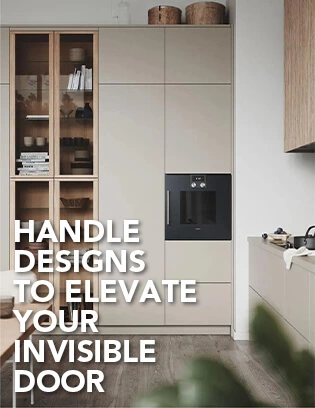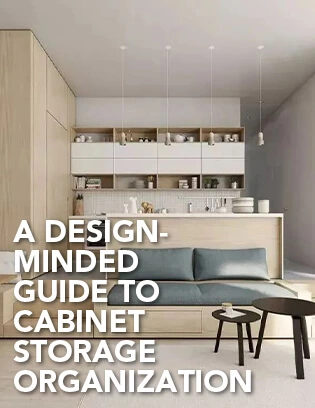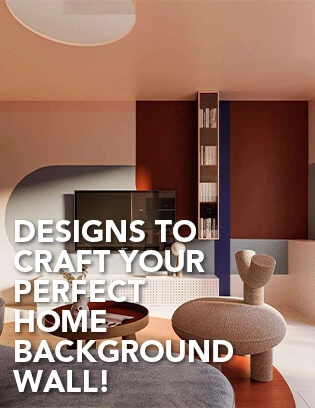Cabinet Design Flexibility: Handle or Handleless?
The usability of custom cabinets depends on various factors, but most people tend to focus more on the choice of materials while overlooking other aspects, such as cabinet door handles. Although it may seem like a small detail, personal taste often resides in the subtle details of one's home.
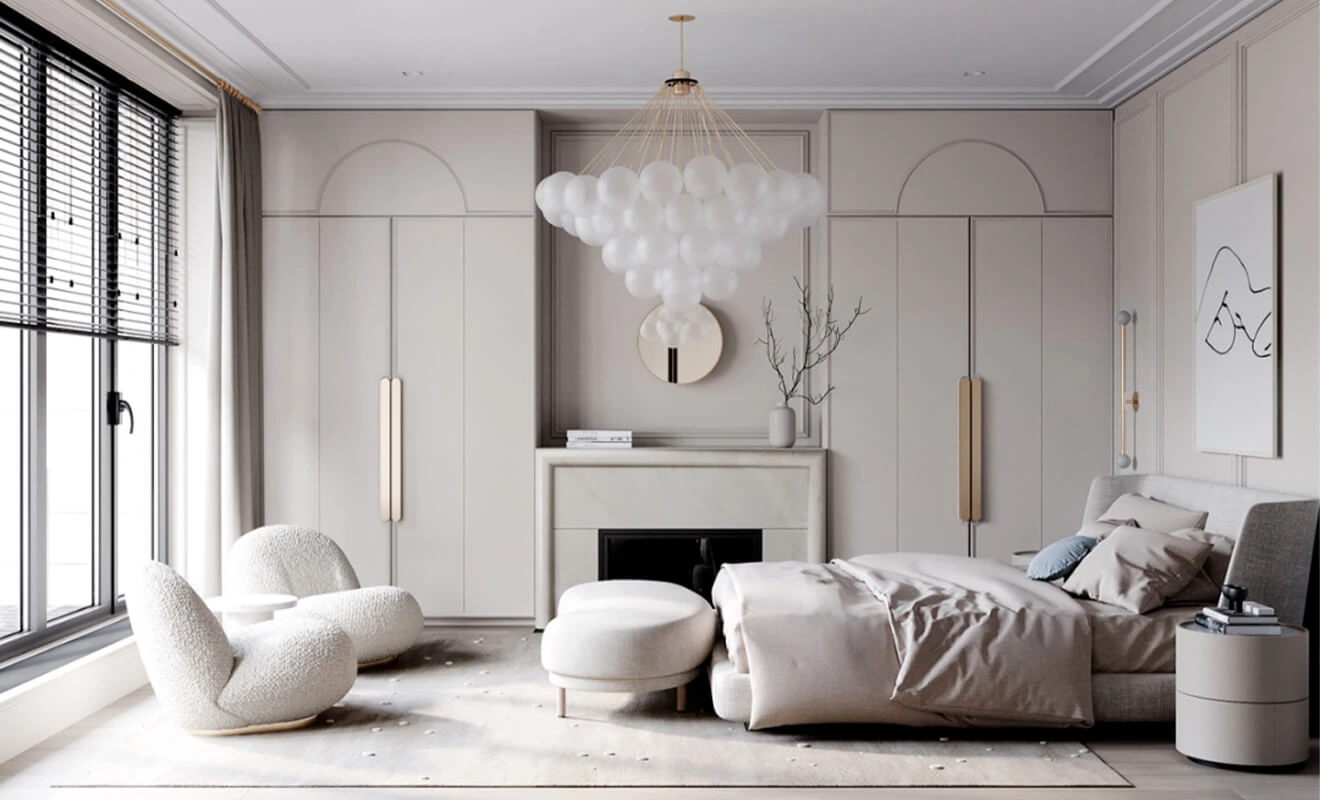
Differences in Cabinet Door Handles
Cabinet door handles, as inconspicuous details, can make a difference in both the visual appeal and the user experience when paired differently.
Aesthetics: The visible parts of a cabinet are the panel materials and the handles. Since the handles are installed on cabinet doors with uniform materials, they become a noticeable element in terms of appearance. Therefore, the choice of cabinet door handles can have an impact on the overall aesthetic effect of the space. For example, in a bedroom with a touch of luxury, using gold-colored handles on wardrobe doors can beautifully complement the overall decor style.
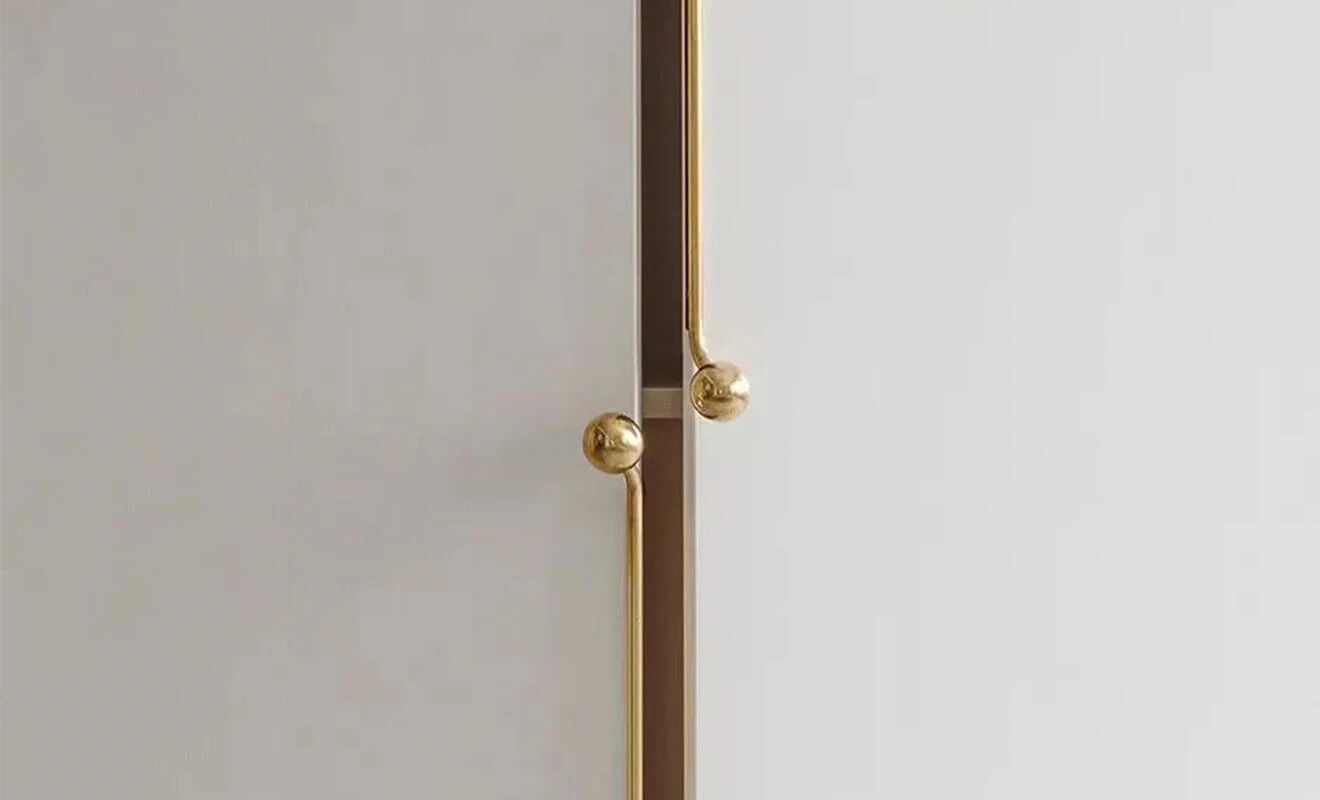
User Experience: Different styles of cabinet door handles can also offer slight differences in user experience. Generally, conventional exposed handles with larger dimensions provide a more comfortable and effortless grip when opening and closing.
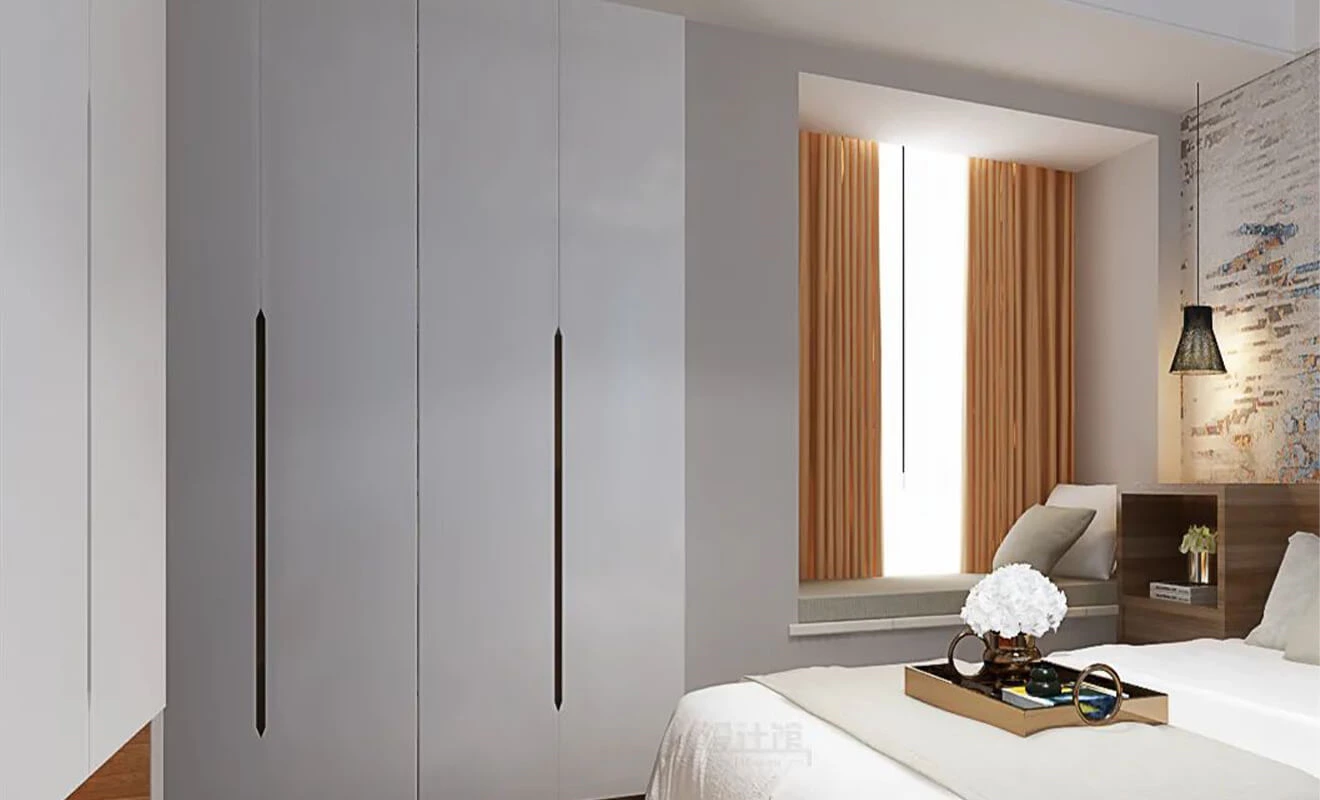
1.Recessed Handles
Recessed handles are designed to be embedded in the grooves of door panels, creating a flat surface where the handles and cabinet doors align. This design achieves a minimalist and visually appealing effect, seemingly downplaying the presence of the handles. However, they become the finishing touch that enhances the overall look of the cabinet.
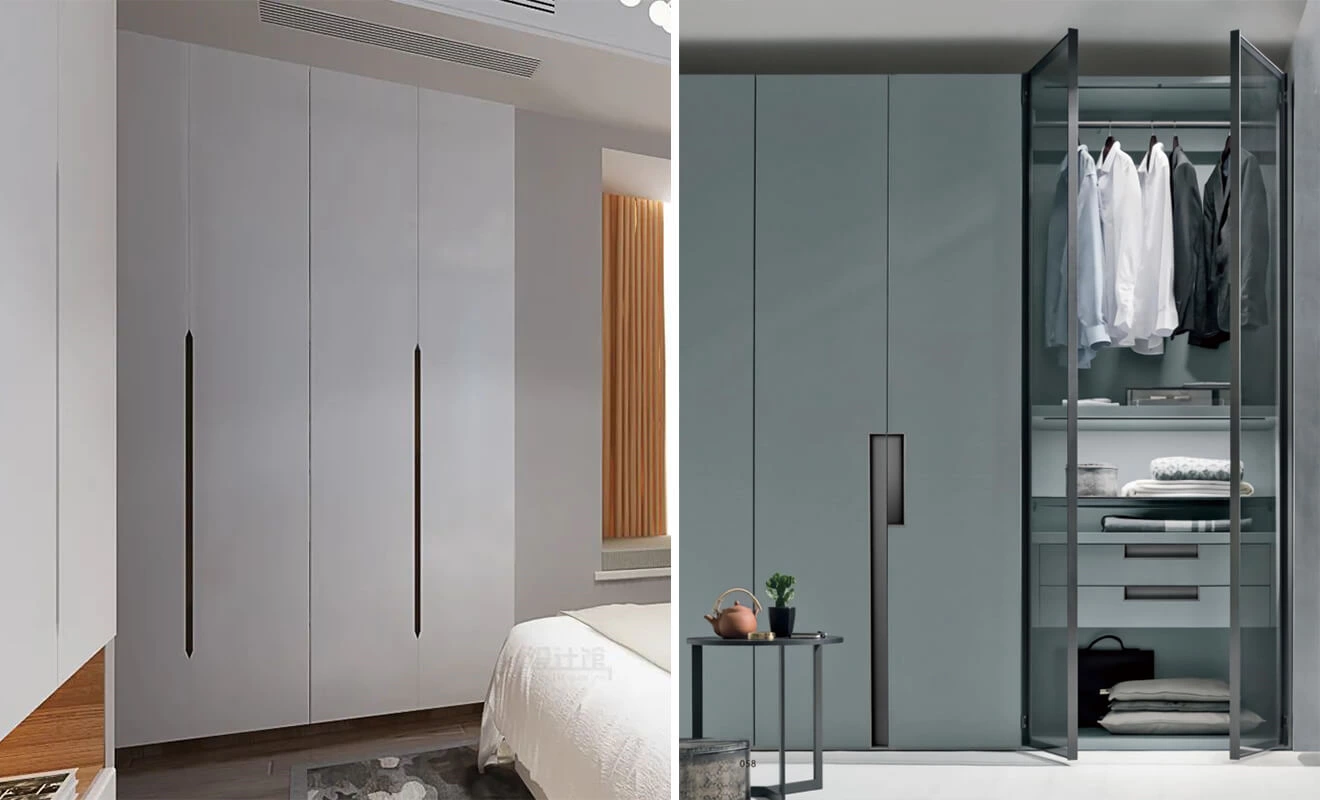
Recessed handles with a soft texture add a more exquisite and three-dimensional touch to the door panels. The inward design minimizes the risk of collision and presents a subtle yet sophisticated style, suitable for households with children and elderly individuals.
2.Short Handles
Short handles, including "ㅕ"-shaped and ")"-shaped handles, are quite common and are often included in the standard packages offered by custom cabinet vendors. They are considered a safe and conventional choice, minimizing the chances of making mistakes.
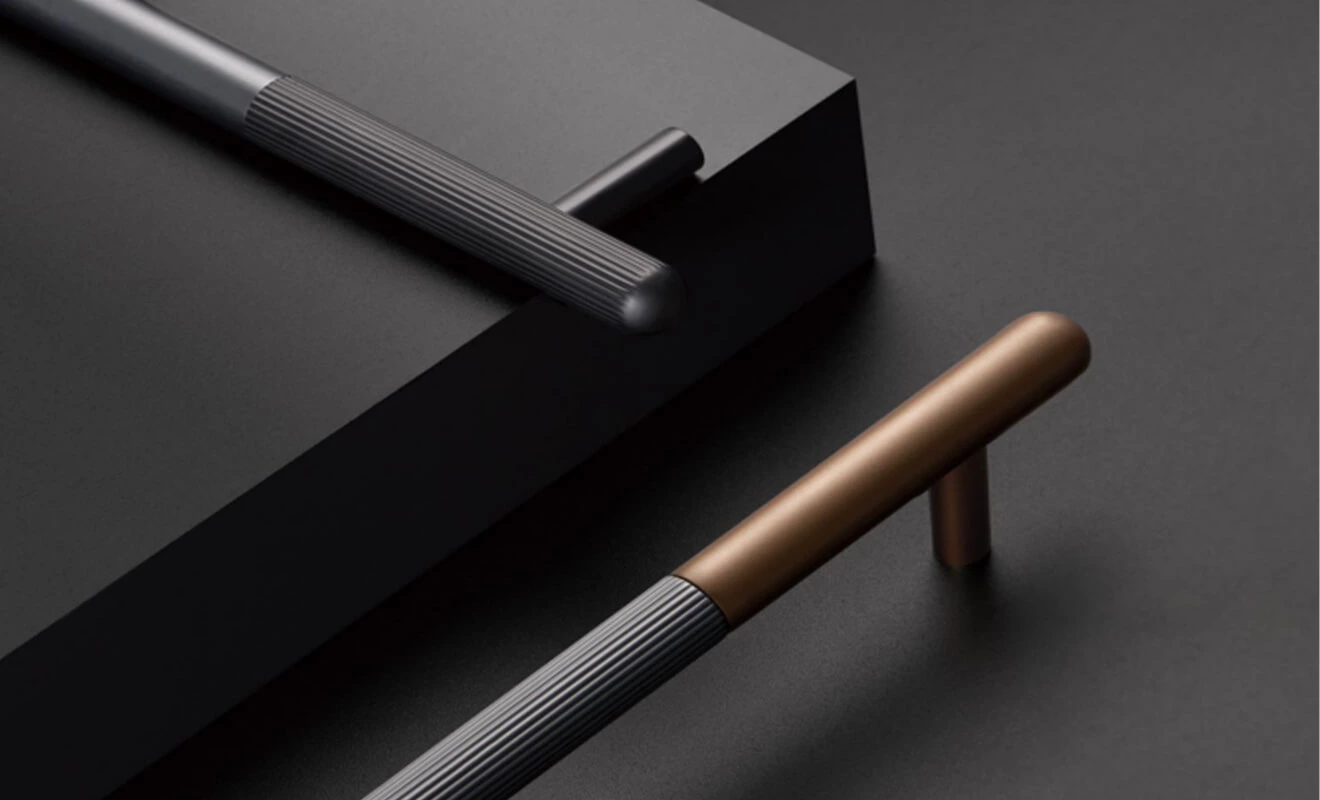
3.Long Handles
Long handles are highly popular in modern design. With clean lines and a slender profile, they not only accentuate the smoothness of the cabinet's exterior but also create a minimalist and stylish spatial effect. Additionally, long handles offer multiple grip points, making it easy and practical to open and close the cabinet doors.
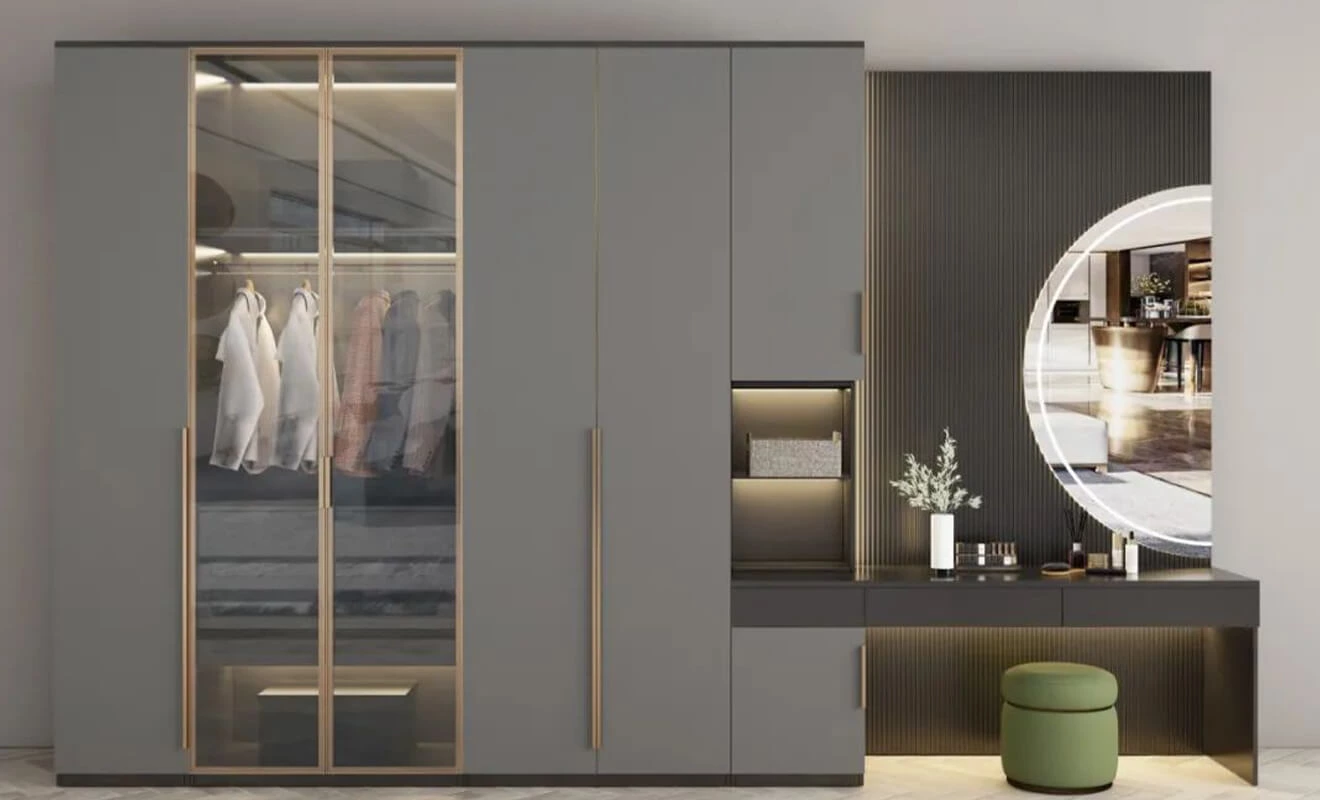
For floor-to-ceiling cabinet doors, pairing them with elongated handles that possess a strong visual presence will create a clean and refreshing cabinet, showcasing the essence of minimalism.
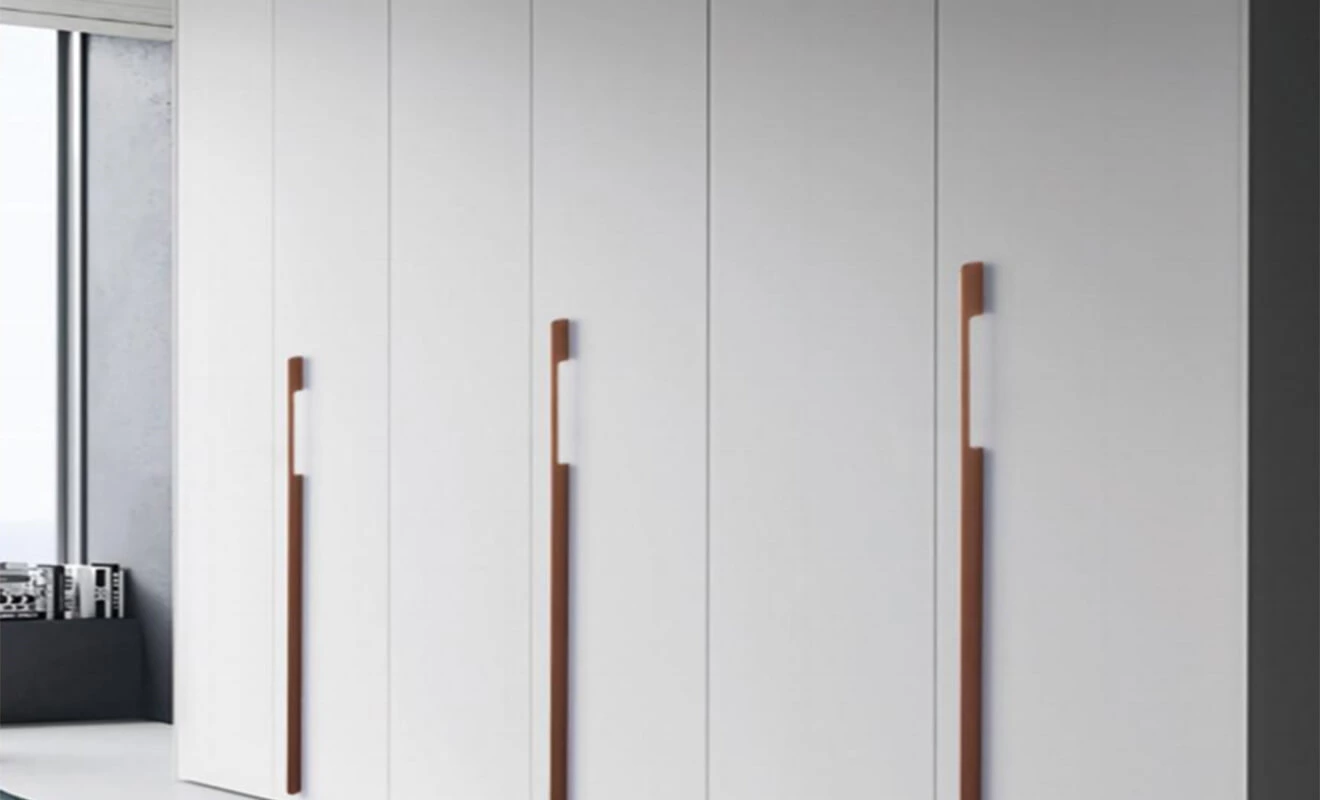
4.Invisible Handles
Invisible handles are typically handle-less or designed to be embedded into the edges of the door panels. With no visible grooves on the front surface, they achieve an "invisible" effect that enhances the overall sense of space. This design is well-suited for the younger generation who appreciate minimalistic aesthetics.
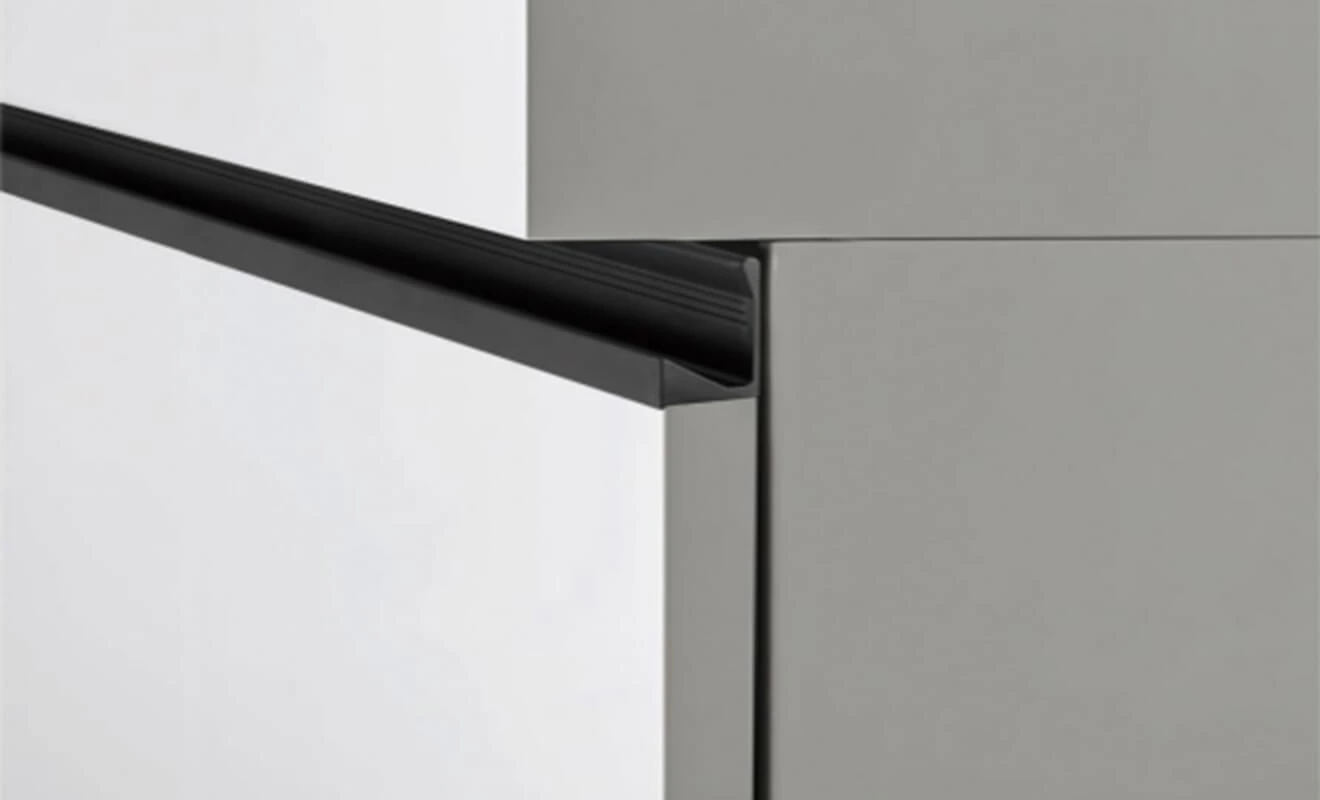
The 45-degree angled cut on the cabinet door edge, with a 3cm gap for your hand to reach in, ensures a comfortable grip without the risk of hand injuries.
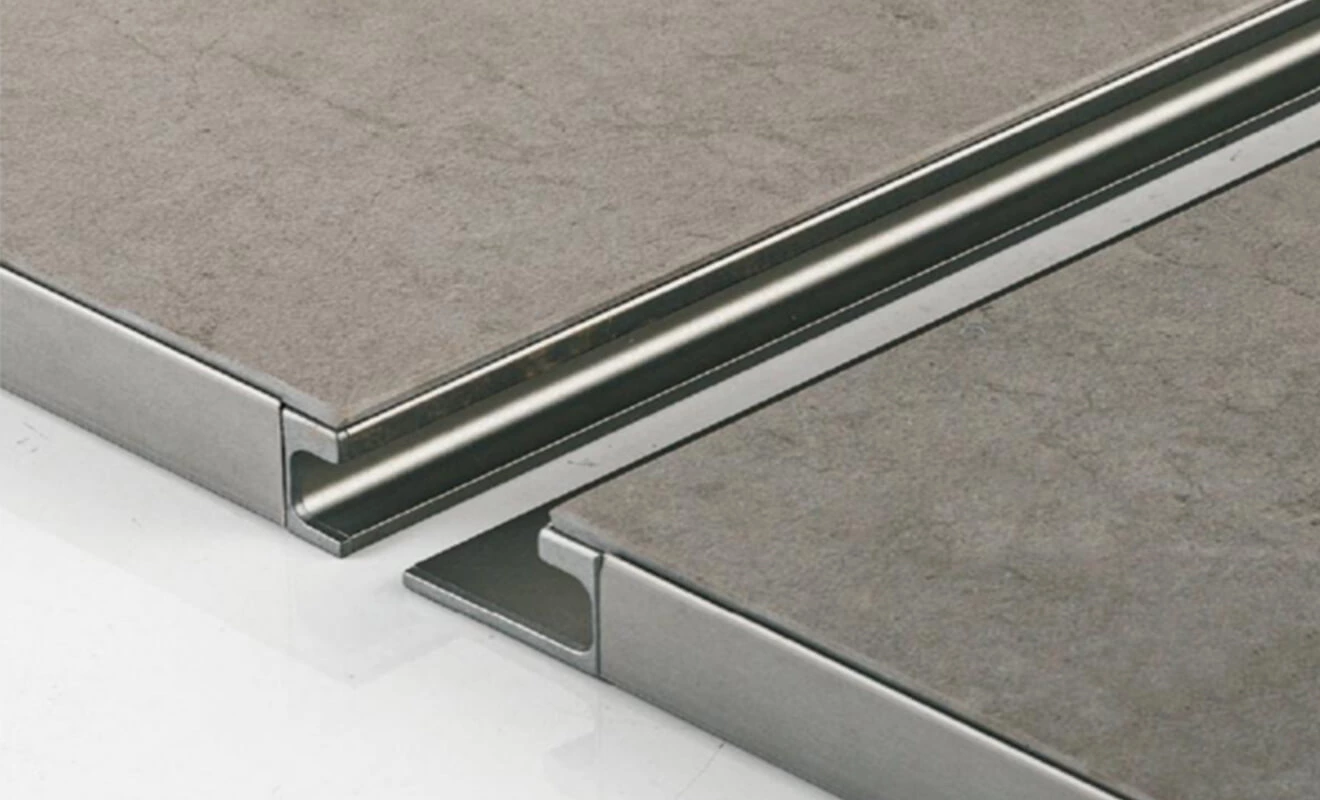
C-shaped handle-less designs are commonly used for wardrobes and drawers. The smooth curved grooves add a sense of design and are easy to clean. J-shaped handle-less designs not only possess a sense of design but also maintain the overall minimalistic style even when the cabinet doors are closed. Handles directly carved into the door panels save space and prevent accidental collisions while moving around.
5.Handleless Design
The trending handle-less design raises the question of how to open the cabinet doors. The installation of a rebound device allows for effortless and convenient access, enhancing the aesthetic appeal of the cabinets. When incorporating handle-less designs, many designers opt for compact yet powerful rebound devices. No visible handles are required; simply press the door panel, and it will automatically open. The closing process is equally simple, requiring just a press on the door panel. This option is easy to install and offers a great user experience.
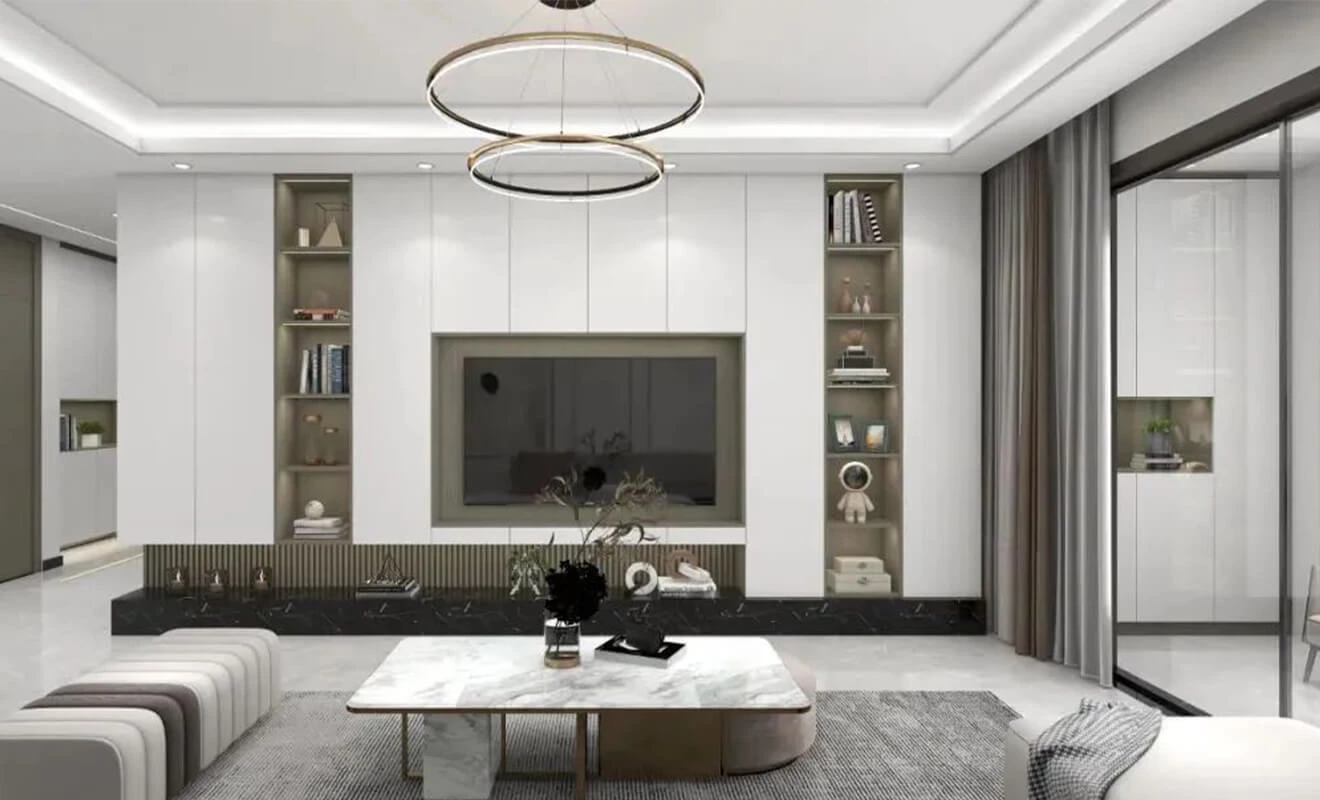
Rebound devices are small in size and occupy minimal space. They can be installed in base cabinets, tall cabinets, wall cabinets, and even range hood cabinets. By lightly pressing the door panel, the rebound device provides the necessary force to open the door automatically.
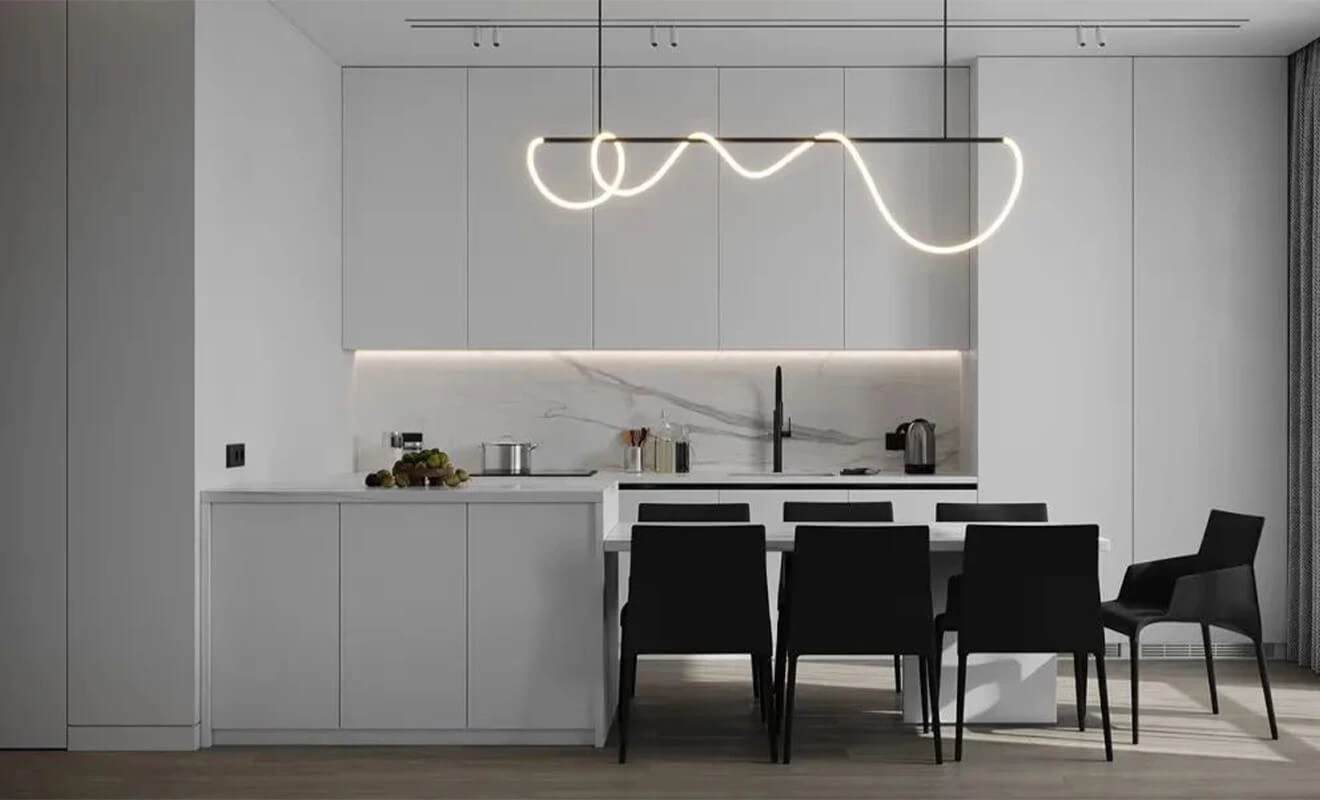
When it comes to custom cabinets, it is essential to prioritize meeting the requirements and consider a subtractive approach rather than an additive one. Customization should focus on fulfilling needs while paying attention to the details that truly matter, such as the choice of handles.
